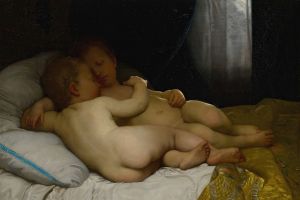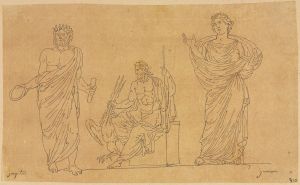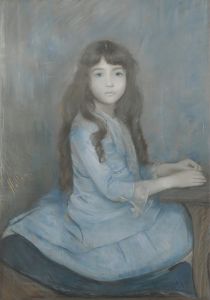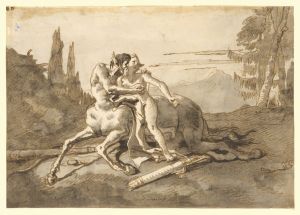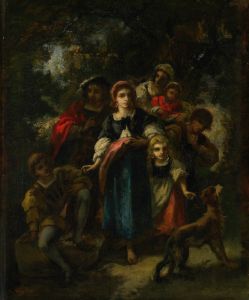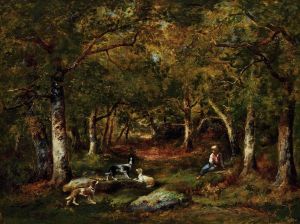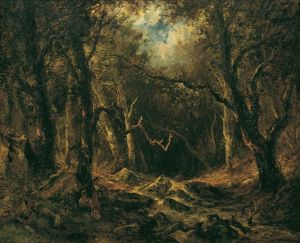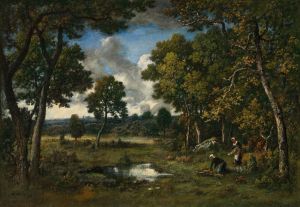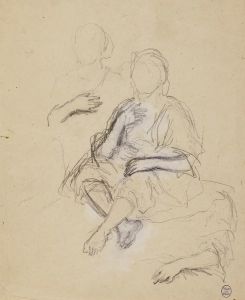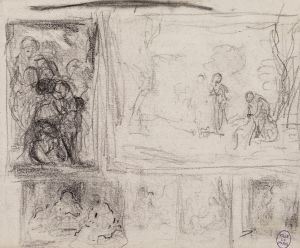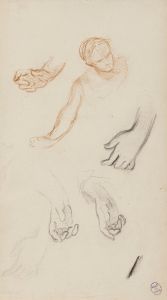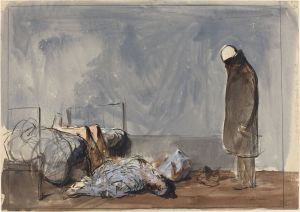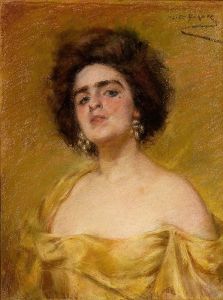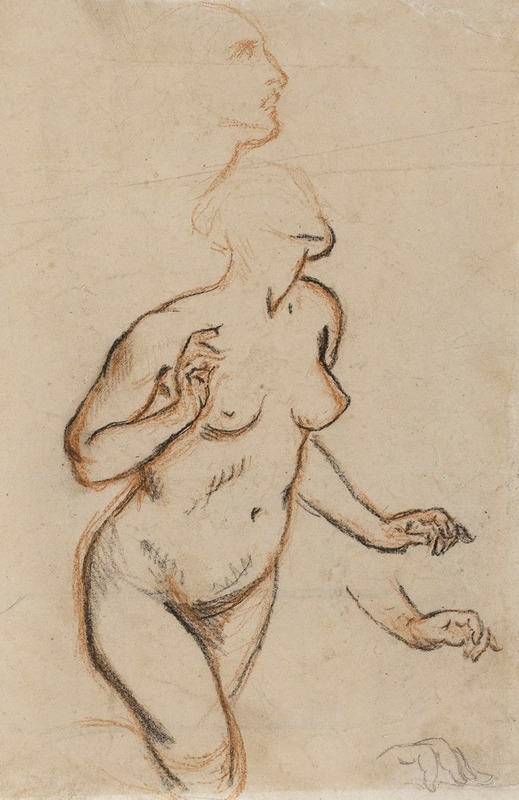
Femme nue
A hand-painted replica of Narcisse-Virgile Diaz de La Peña’s masterpiece Femme nue, meticulously crafted by professional artists to capture the true essence of the original. Each piece is created with museum-quality canvas and rare mineral pigments, carefully painted by experienced artists with delicate brushstrokes and rich, layered colors to perfectly recreate the texture of the original artwork. Unlike machine-printed reproductions, this hand-painted version brings the painting to life, infused with the artist’s emotions and skill in every stroke. Whether for personal collection or home decoration, it instantly elevates the artistic atmosphere of any space.
Narcisse-Virgile Diaz de la Peña was a prominent 19th-century French painter associated with the Barbizon School, a movement that emphasized naturalism and was a precursor to Impressionism. Among his notable works is "Femme nue," a painting that exemplifies his skill in rendering the human form with a sense of warmth and intimacy.
"Femme nue" is a testament to Diaz de la Peña's ability to capture the delicate interplay of light and shadow on the human body. The painting features a nude female figure, a subject that was both traditional and controversial during the 19th century. Diaz de la Peña approached this subject with a sensitivity that highlights his mastery of color and texture. The figure is depicted with a soft, almost ethereal quality, set against a background that suggests a natural setting, typical of the Barbizon School's focus on integrating figures with nature.
Diaz de la Peña was known for his rich color palette and his ability to create depth and dimension through his use of light. In "Femme nue," these skills are evident in the way the light caresses the figure's skin, creating a sense of realism and vitality. The painting does not merely present a study of the human form; it invites the viewer to appreciate the beauty and complexity of the human body as a part of the natural world.
The Barbizon School, to which Diaz de la Peña belonged, was named after the village of Barbizon near the Forest of Fontainebleau, where many artists gathered to paint en plein air, or outdoors. This movement was a reaction against the formalism of academic art and sought to capture the transient effects of light and atmosphere in nature. Diaz de la Peña, along with contemporaries such as Théodore Rousseau and Jean-François Millet, played a crucial role in this movement, which laid the groundwork for the later development of Impressionism.
Diaz de la Peña's work, including "Femme nue," reflects his interest in the natural world and his desire to depict it with authenticity and emotion. His paintings often feature lush landscapes, vibrant colors, and a focus on the effects of light, all of which are evident in "Femme nue." This painting not only showcases his technical prowess but also his ability to convey a sense of intimacy and connection between the figure and her surroundings.
While "Femme nue" is a significant work in Diaz de la Peña's oeuvre, it is also representative of the broader trends in 19th-century art, where artists began to explore new ways of seeing and representing the world. The painting's emphasis on naturalism and its subtle interplay of light and shadow make it a noteworthy example of the Barbizon School's influence on the evolution of modern art.
In summary, "Femme nue" by Narcisse-Virgile Diaz de la Peña is a compelling work that captures the essence of the Barbizon School's approach to art. Through his masterful use of color and light, Diaz de la Peña creates a painting that is both a study of the human form and a celebration of the natural world. This work stands as a testament to his skill and his contribution to the development of 19th-century French painting.





